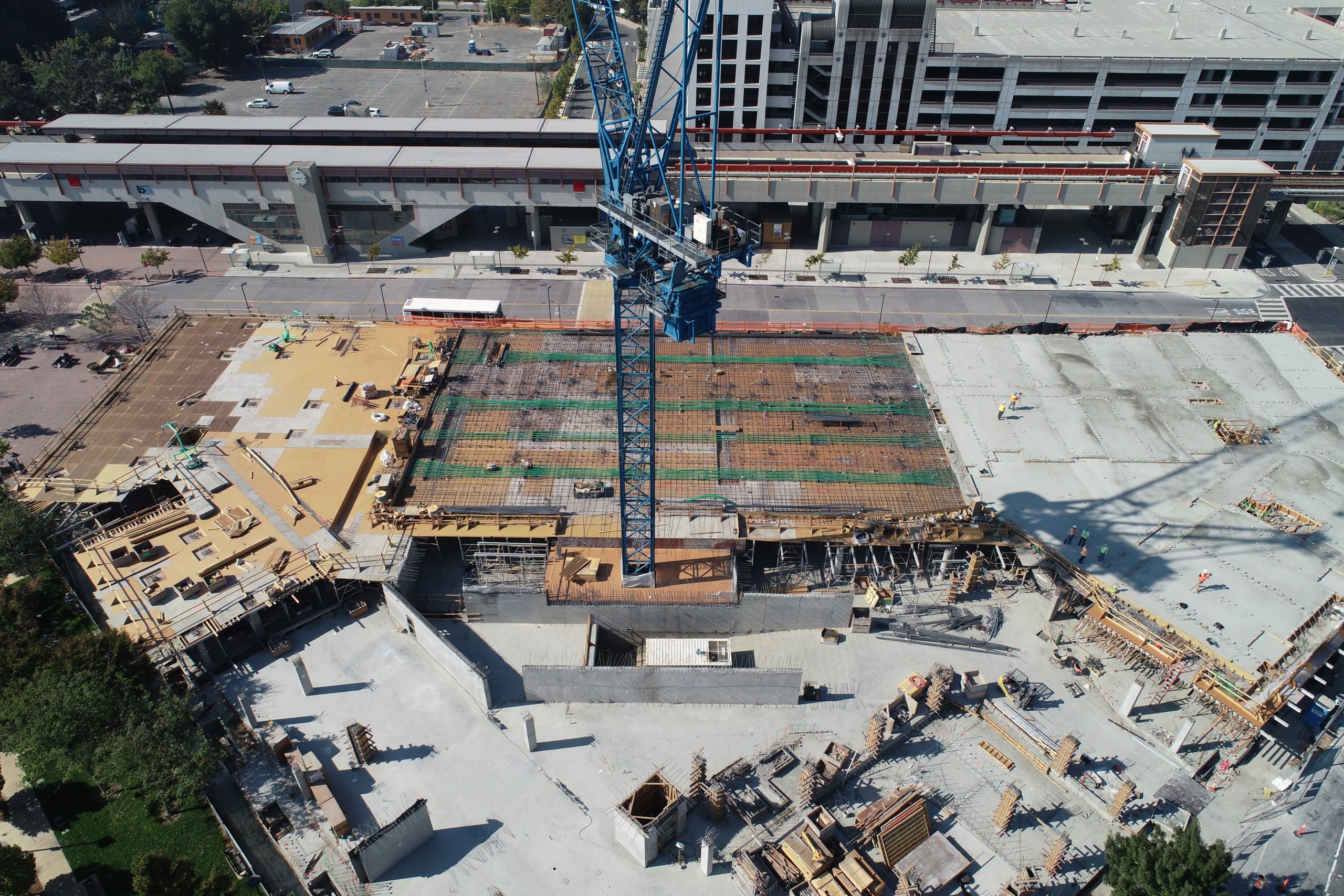
In construction, foundations are the structures that support a building or other construction project. The foundation is usually the first section of a building to be built, and it is in charge of transferring the weight of the structure to the earth below. There are numerous foundation types utilized in construction. These are the main ones.
Shallow Foundations
This method is used when the earth is solid enough to hold the weight of the building without requiring extensive excavation. Spread footings, slab-on-grade, and mat foundations are examples of shallow foundations.
Deep Foundations
When the soil is weak or unstable, shallow foundations alone cannot support the weight of the building. Piles, drilled shafts, and caissons are examples of deep foundations.
Basement Foundations
They are utilized to give extra living or storage space beneath the ground level. To sustain the weight of the building, basement foundations often use a combination of shallow and deep foundation types.
The type of foundation chosen is determined by various criteria, including the soil conditions at the construction site, the weight of the building, and the intended purpose of the building. A properly designed and built foundation is critical to any construction project’s long-term stability and safety.
Foundation Materials
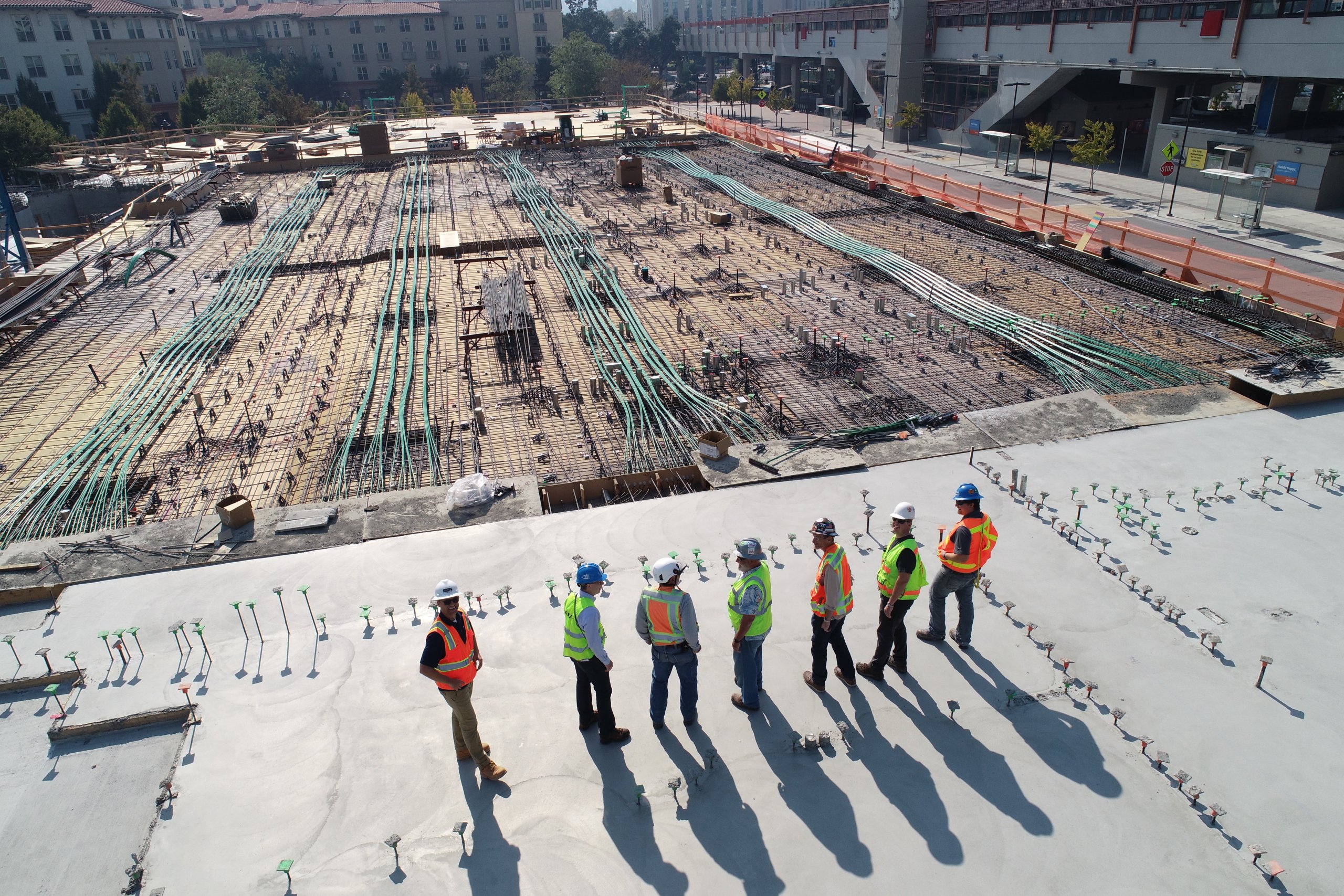
Aside from the previously described foundation kinds, several materials can be used to construct them.
Concrete

Because of its strength, longevity, and capacity to be poured into a variety of forms and sizes, this is a preferred choice for foundations.
Steel

Steel foundations are commonly employed in industrial or commercial buildings with large loads.
Wood
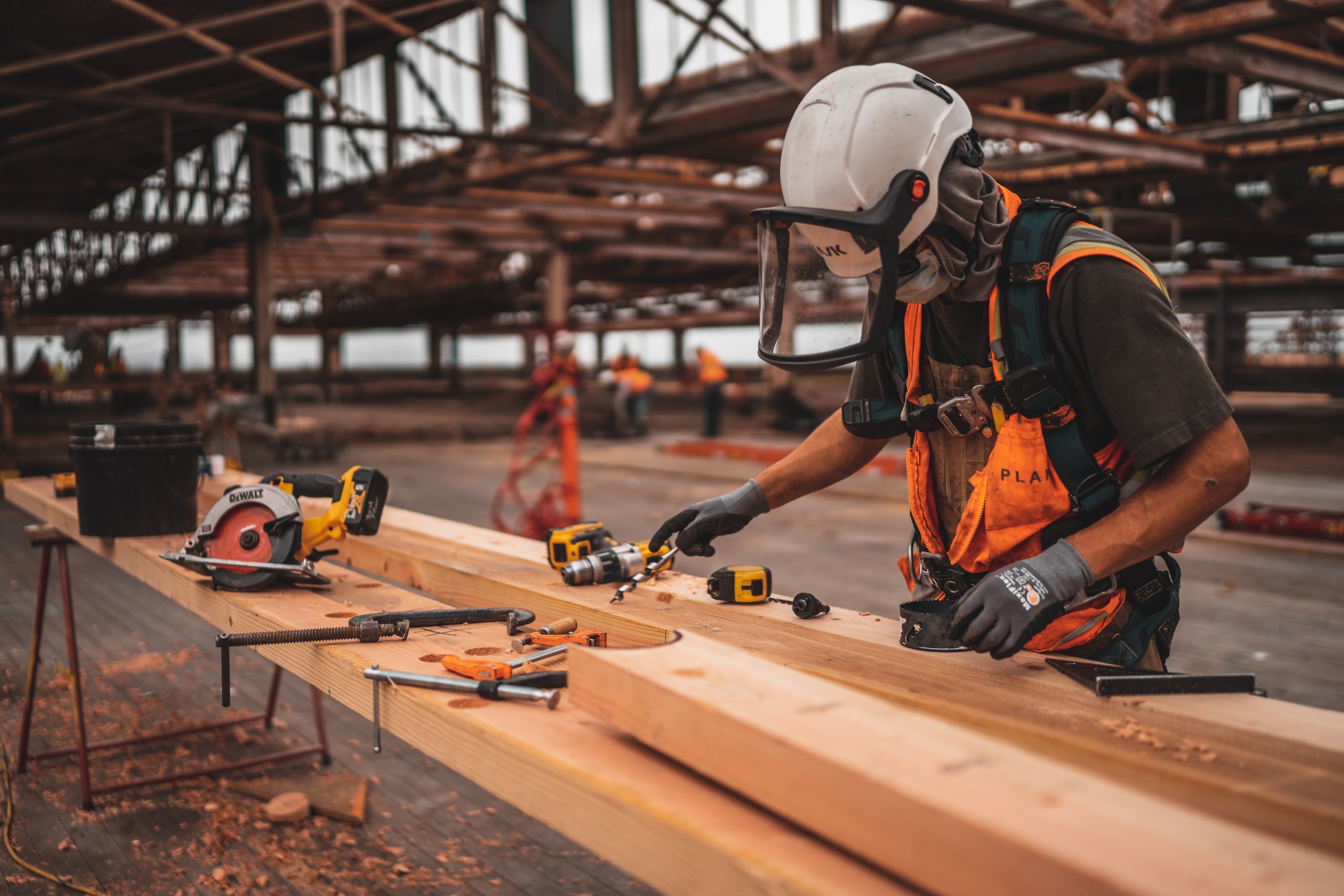
Wood foundations are less prevalent, however, they can be employed in places with firm soil and lightweight buildings.
Foundation Design
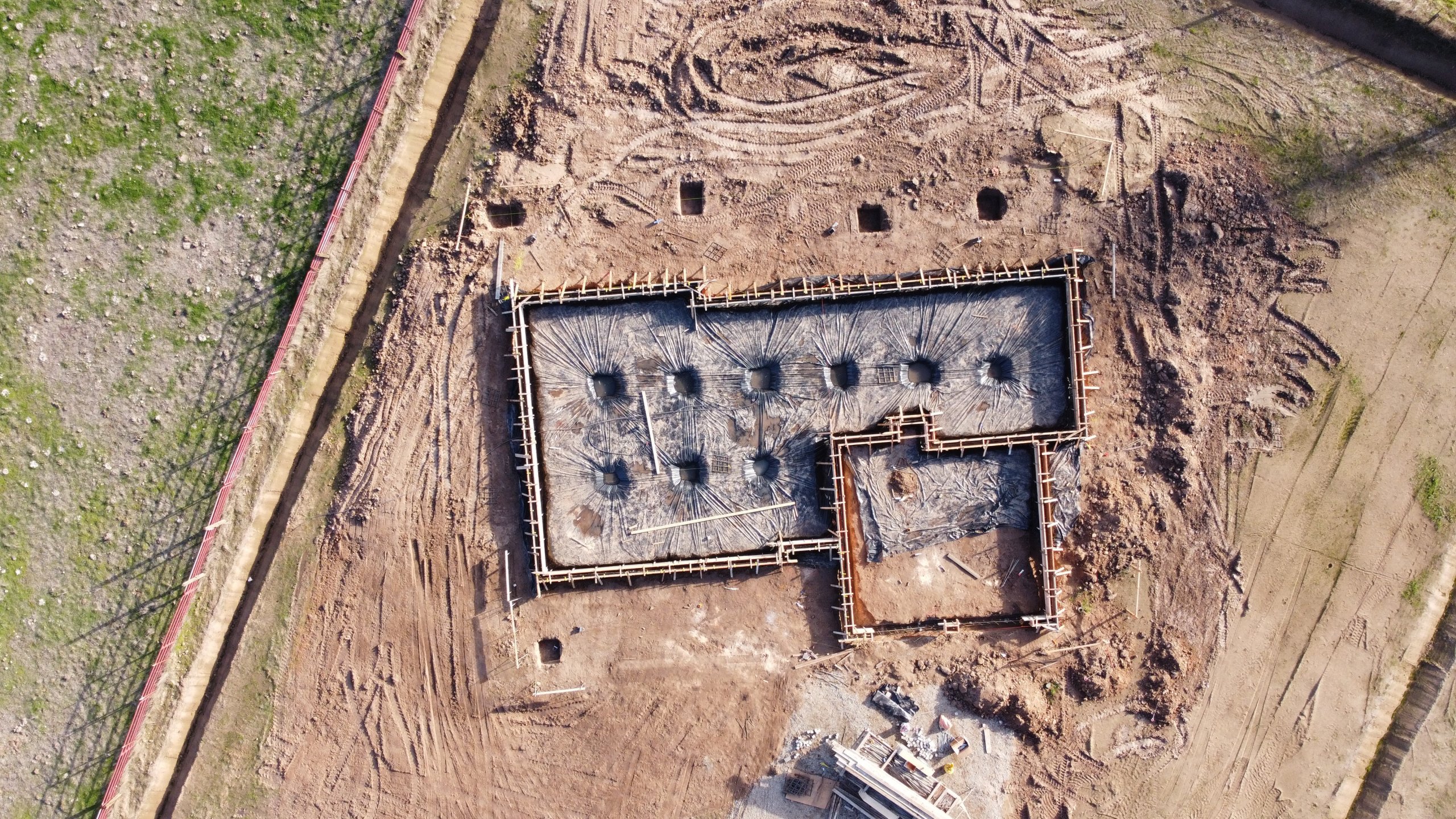
The design and construction of a foundation are crucial to a building’s stability and safety. Soil type, groundwater, and climate can all influence the type of foundation chosen and how it is built. Typically, a geotechnical or structural engineer is in charge of designing the foundation, which may include soil testing, excavation, and the installation of reinforcing materials such as steel bars or rebar. In addition to providing structural support, foundations safeguard the structure from settling, shifting, and other damage. Correctly built foundations can help avoid cracks in walls and ceilings and keep doors and windows level and functional. Overall, the foundation is a critical component of any construction project, and it is critical to ensure that it is properly built and constructed to ensure the building’s long-term stability and safety.
Foundation Maintenance
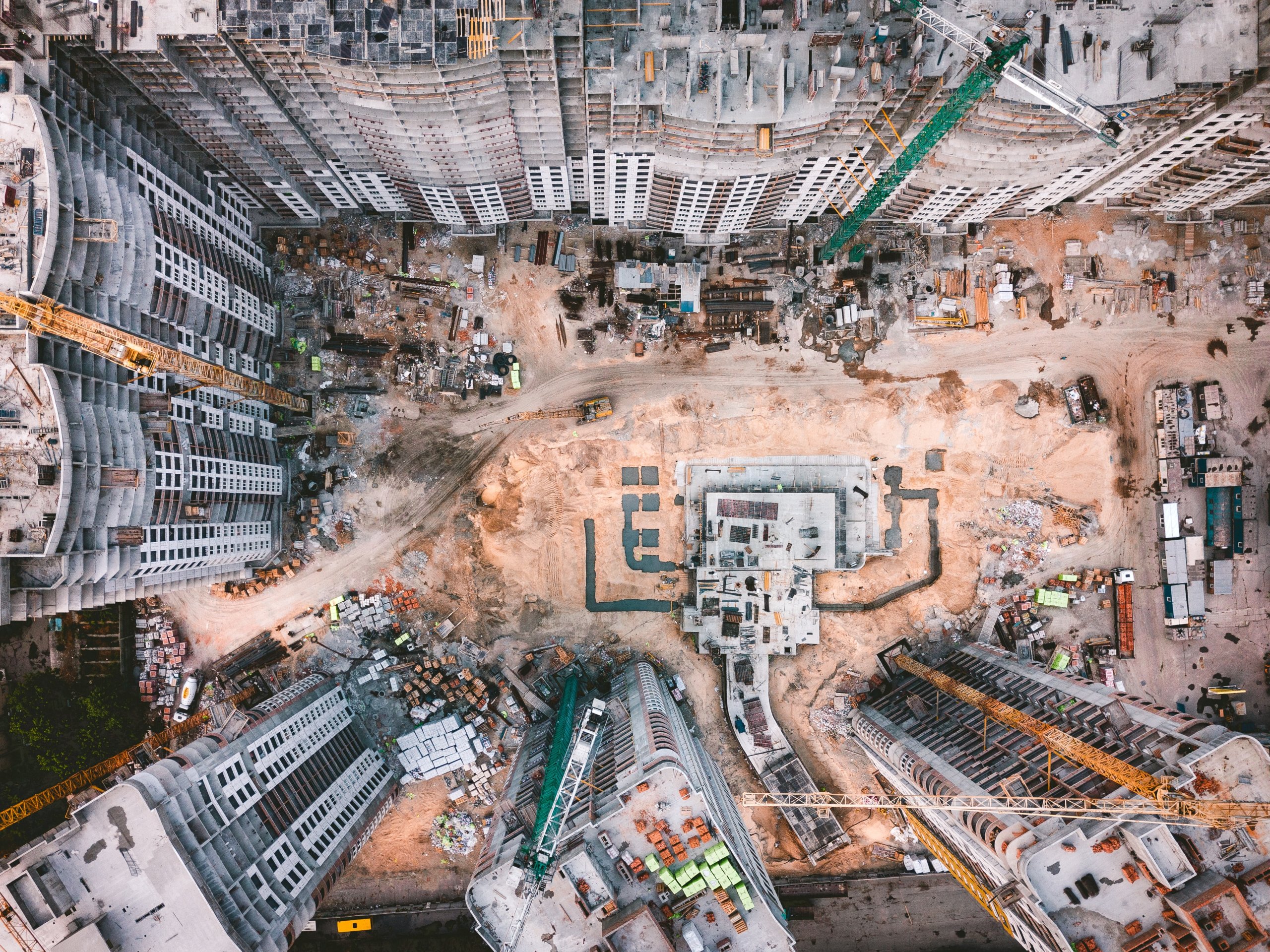
The practice of ensuring the structural integrity of a building’s foundation is known as foundation maintenance. The foundation of a building is crucial to its stability since it supports the entire structure. Foundation maintenance entails a variety of actions, from regular inspections to repairs and even replacement, to keep the foundation in good shape.
Your home’s foundation is an important aspect of the structure and must be kept strong and stable. A weakened or broken foundation can cause serious structural difficulties, jeopardizing the safety and value of your home. The following points will ensure your foundation stays strong.
Monitor for Signs of Damage
Inspect your foundation regularly for indicators of damage, such as cracks, settling, or bowing walls. This could suggest foundation issues and should be rectified as soon as possible.
Monitor Moisture
Moisture can be quite damaging to your foundation. Keep your gutters clean and free-flowing to keep water from accumulating around the foundation. Grading the land surrounding your house will direct water away from the foundation. Install a drainage system if necessary to redirect water away from the foundation.
Control Vegetation
Foundation damage can be caused by trees and other vegetation. The roots have the potential to penetrate the foundation and produce fissures or other structural issues. Plant trees and plants at least 10 feet away from the foundation.
Maintain a Consistent Temperature
Temperature fluctuations can cause the earth to expand and contract, putting strain on the foundation. Maintain a steady temperature in your home to reduce these impacts.
Hire a Professional
Consult a professional foundation repair firm if you discover indicators of foundation damage or are unclear about how to maintain your foundation. They can analyze the state of your foundation and propose relevant solutions.
Install Proper Drainage
Aside from cleaning your gutters and leveling the soil around your house, installing a French drain or other drainage systems can assist prevent water from gathering around the foundation.
Avoid Overloading the Foundation
Large goods, such as huge potted plants or hefty furniture, can cause foundation stress. Place these objects away from the foundation and in areas where they could cause damage.
Keep the Soil Stable
The foundation can be weakened by soil erosion. Check that the soil around your house is stable and not readily washed away. You may need to add soil or other stabilizing elements to avoid erosion.
Repair Minor Issues Promptly
Tiny cracks or other minor flaws may not appear to be a huge worry at first, but if left addressed, they can quickly escalate into major ones. Minor difficulties should be addressed as soon as possible to avoid them becoming more serious.
Consider Foundation Reinforcement
Depending on the state of your foundation, you may want to consider steel piers, helical piers, or wall anchors for reinforcement. They can aid in the strengthening of the foundation and the prevention of additional deterioration.
Conclusion
By following these foundation care suggestions, you can help keep your home’s foundation strong and stable for years to come, safeguarding the safety and value of your property. Recall that foundation maintenance is a constant activity. Frequent inspections and maintenance can help prevent problems and preserve your property’s long-term stability. If you have questions regarding your foundation or are unclear about how to maintain it, seek advice from a specialist.
